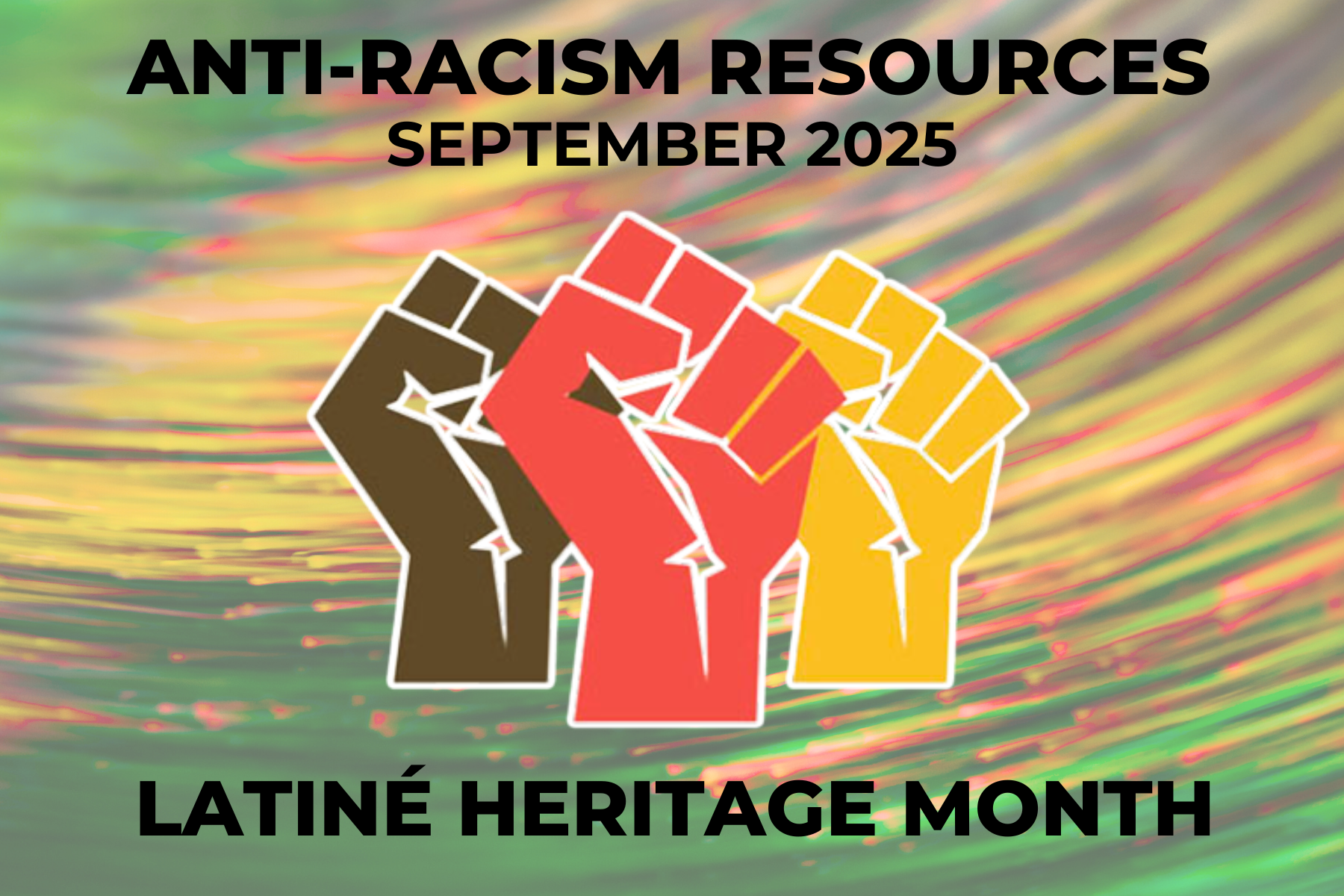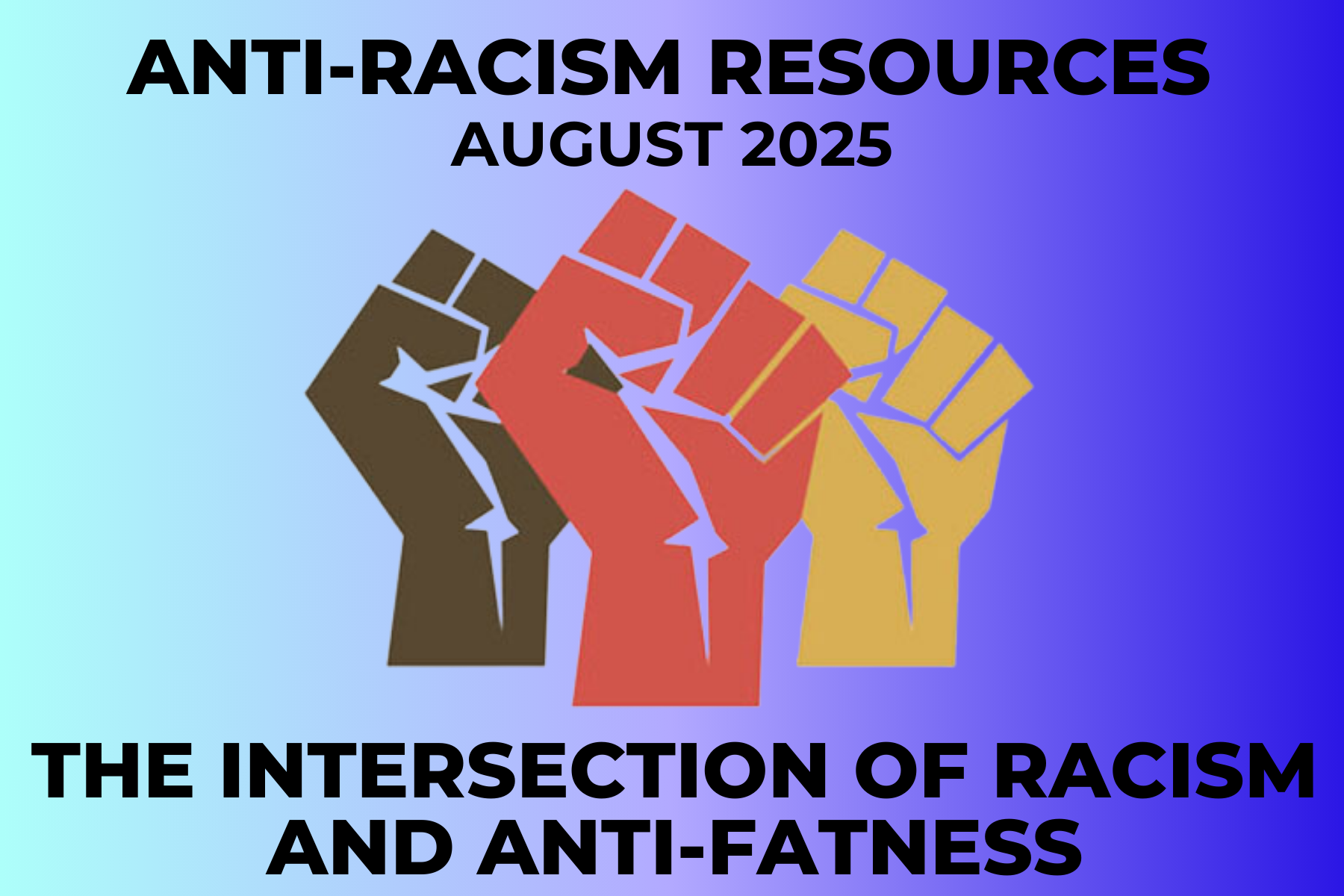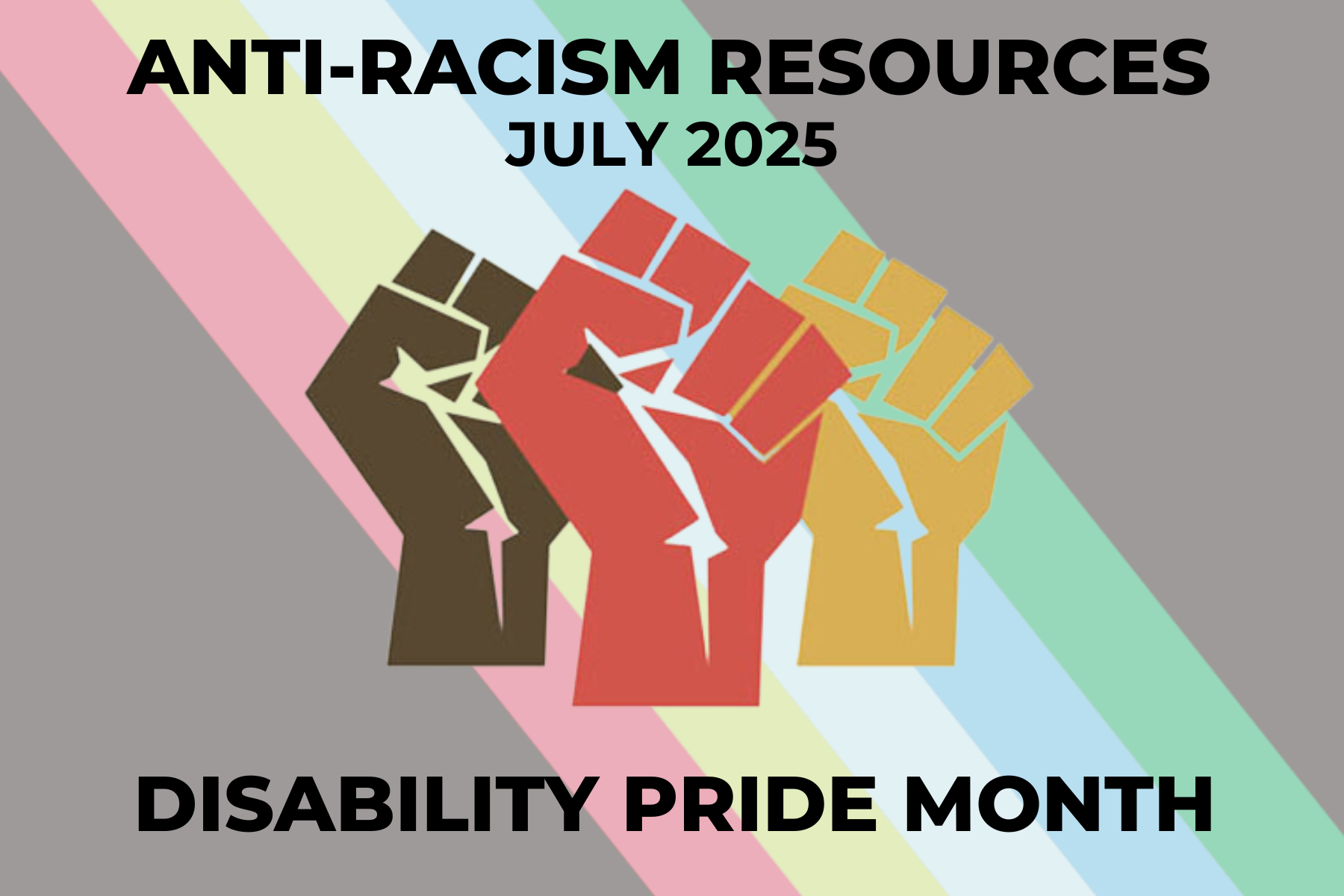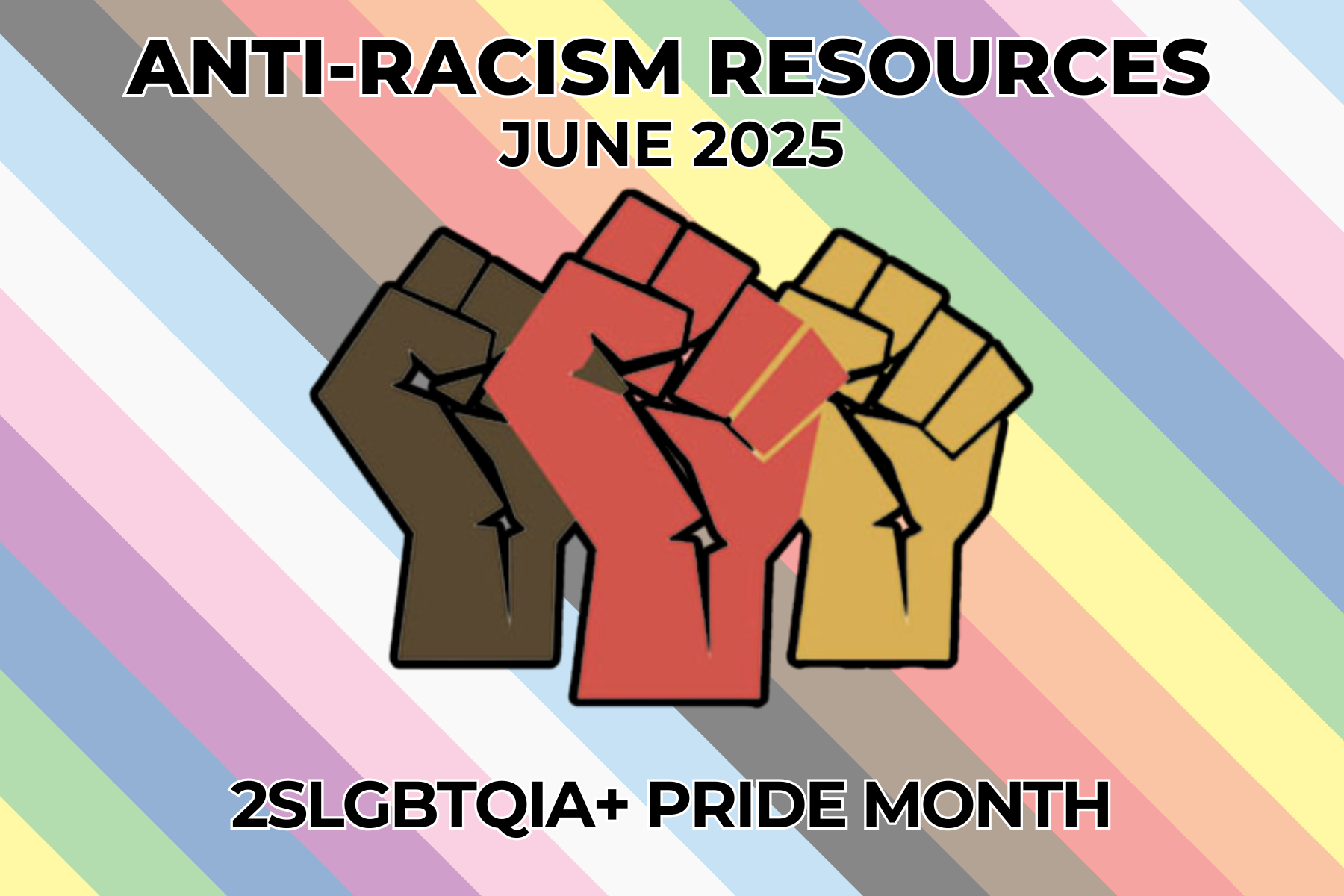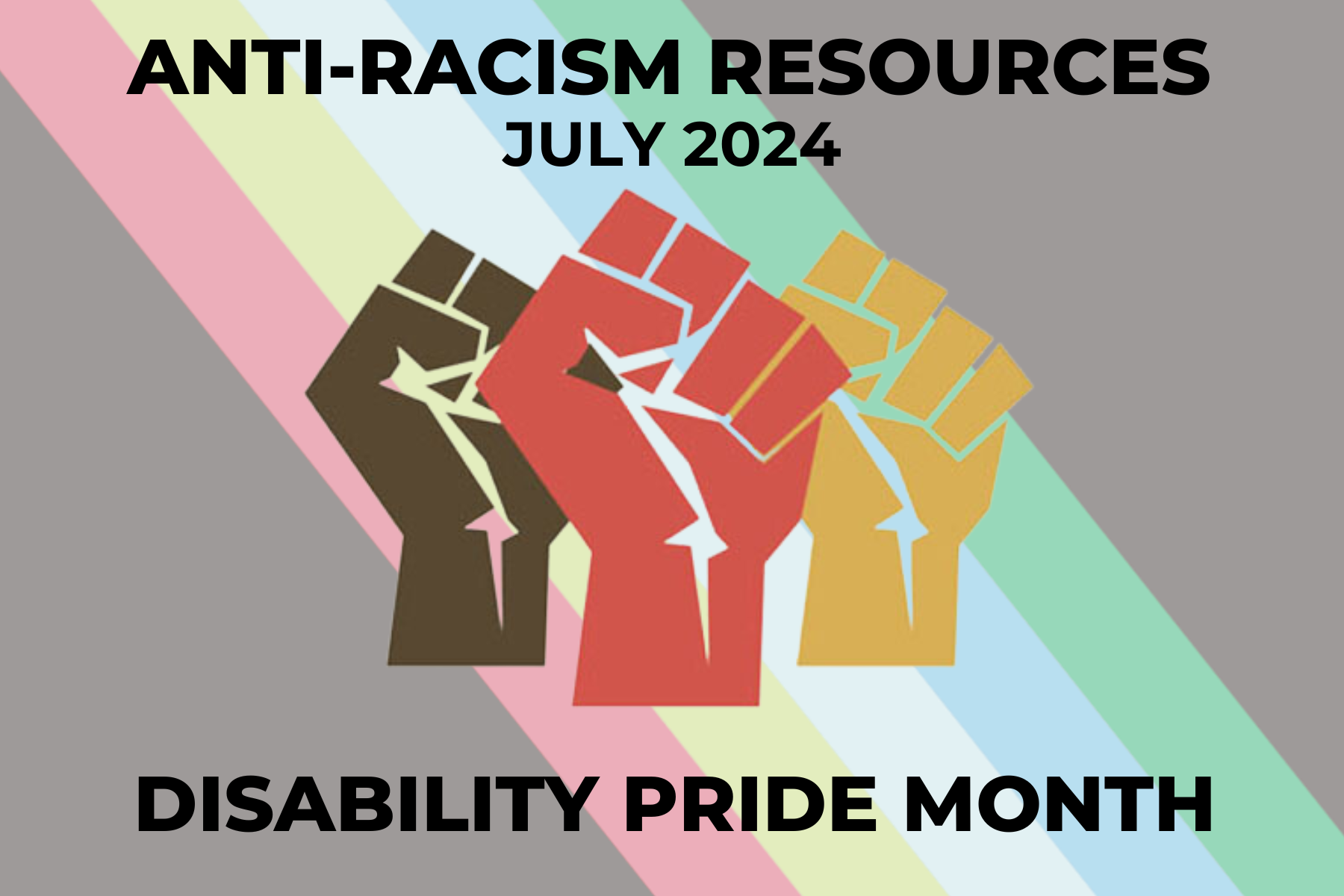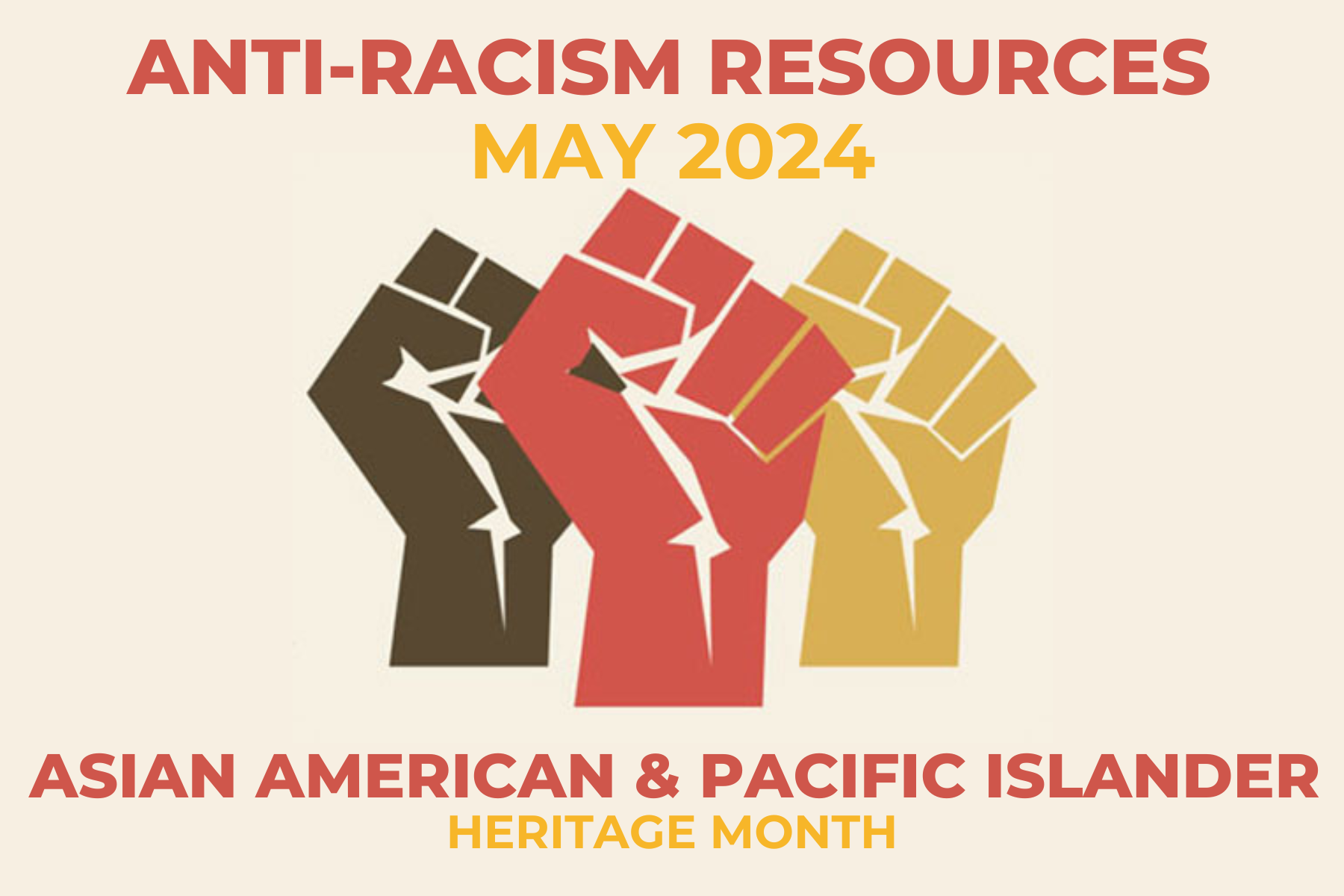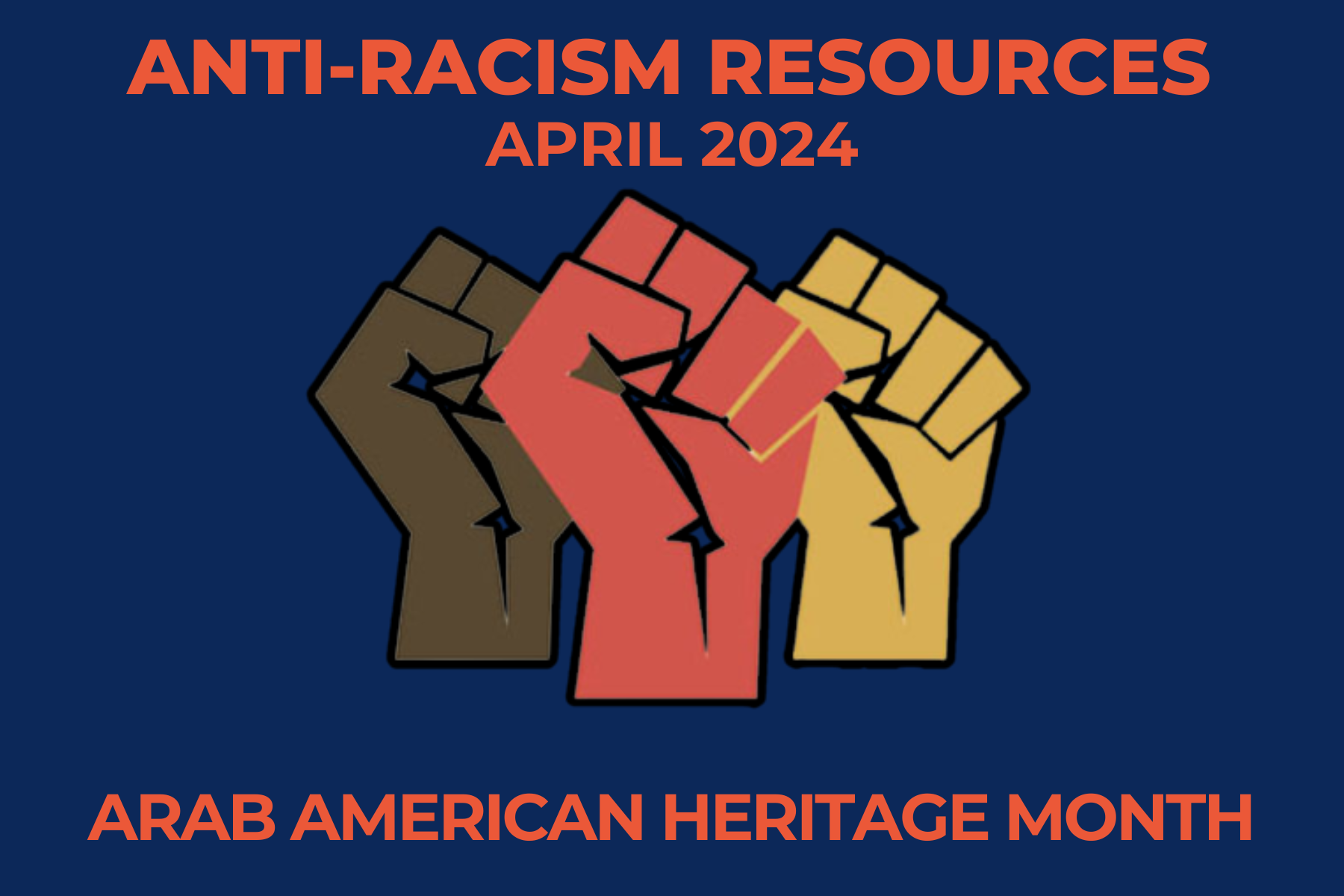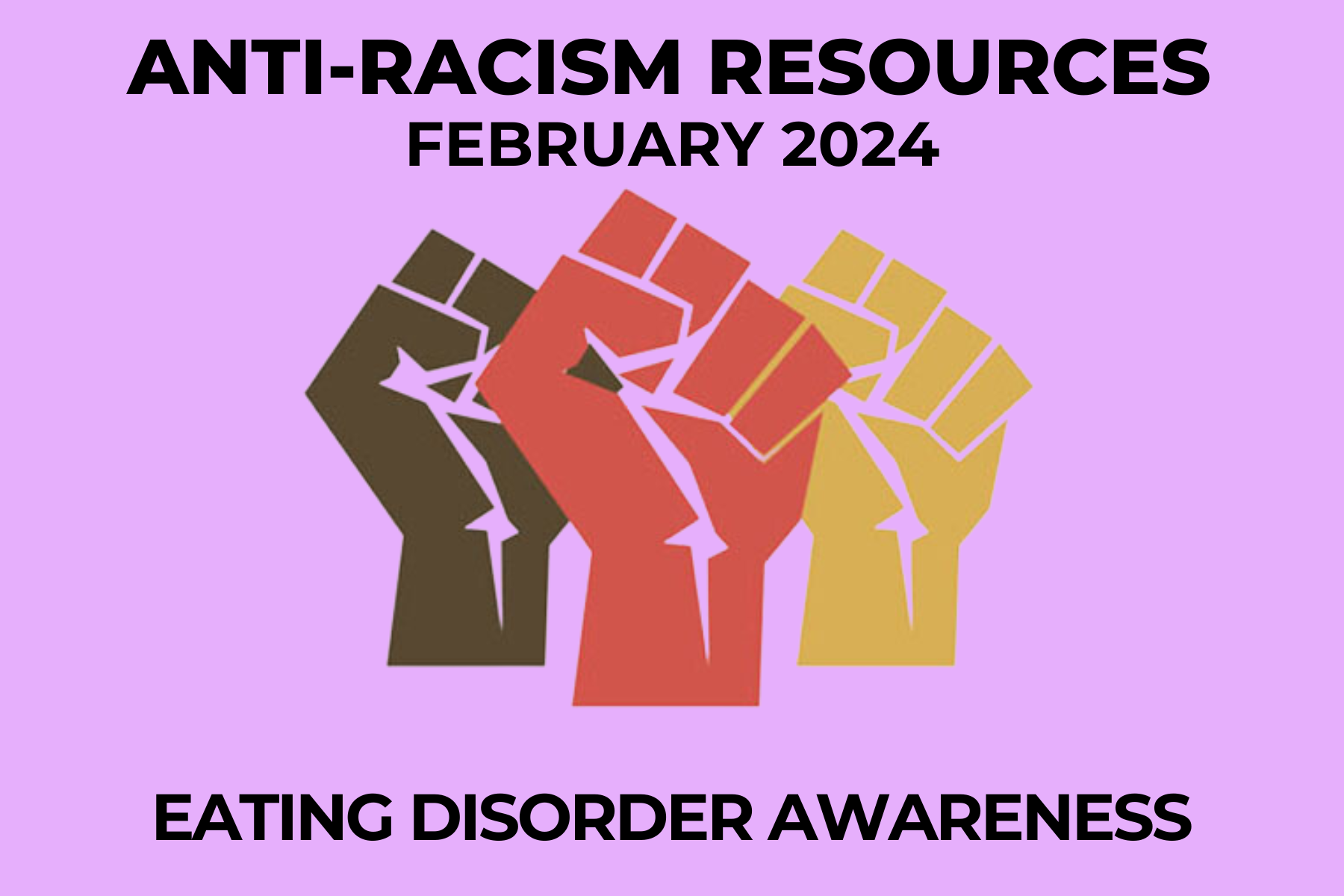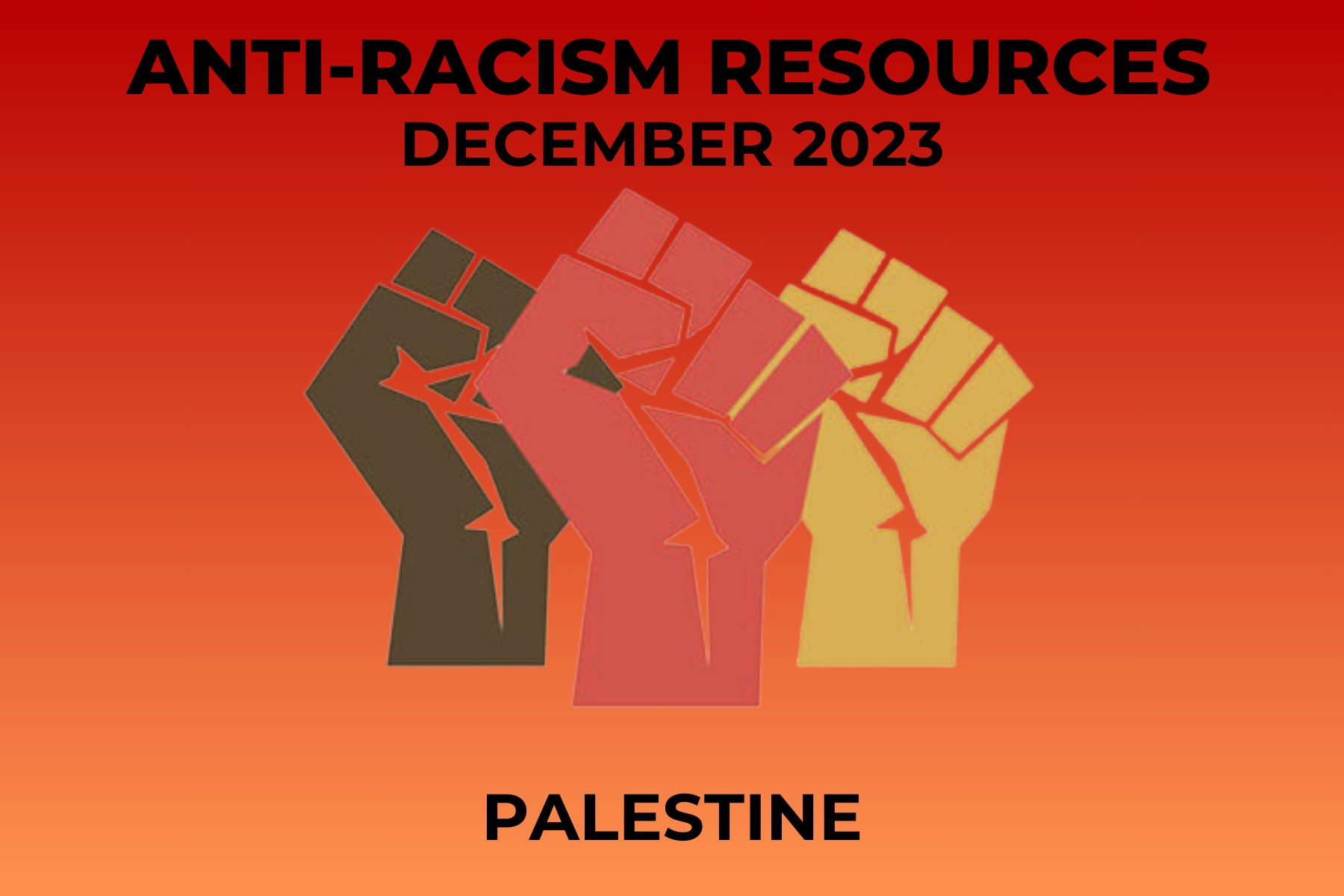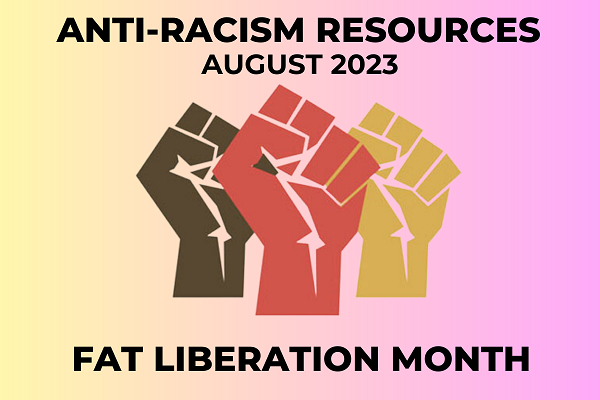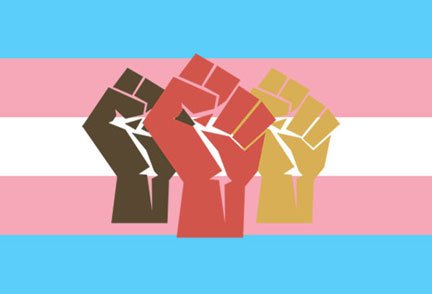Anti-Racism Resources
Each month, we feature educational resources in the NAAFA Newsletter to support our community in working to dismantle racism. Resources may include historical information, tools for personal reflection, or information about how to get involved and make change. Many of the resources we suggest will be introductory resources, and this information is never intended to be full coverage on the complex and nuanced topics that are chosen each month. You’ll find our monthly articles featured below.
2025
Featured
2023-2024
Featured


